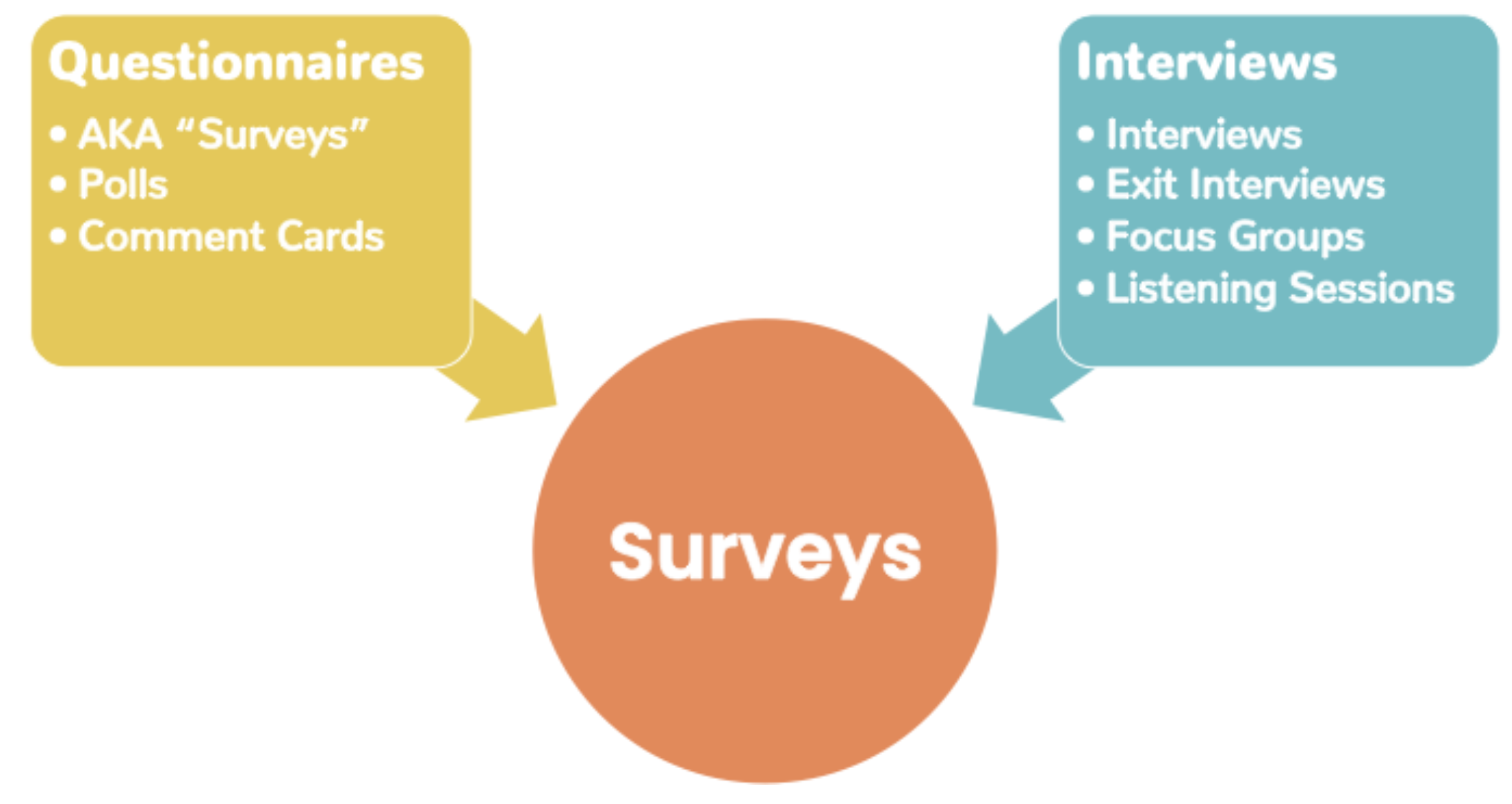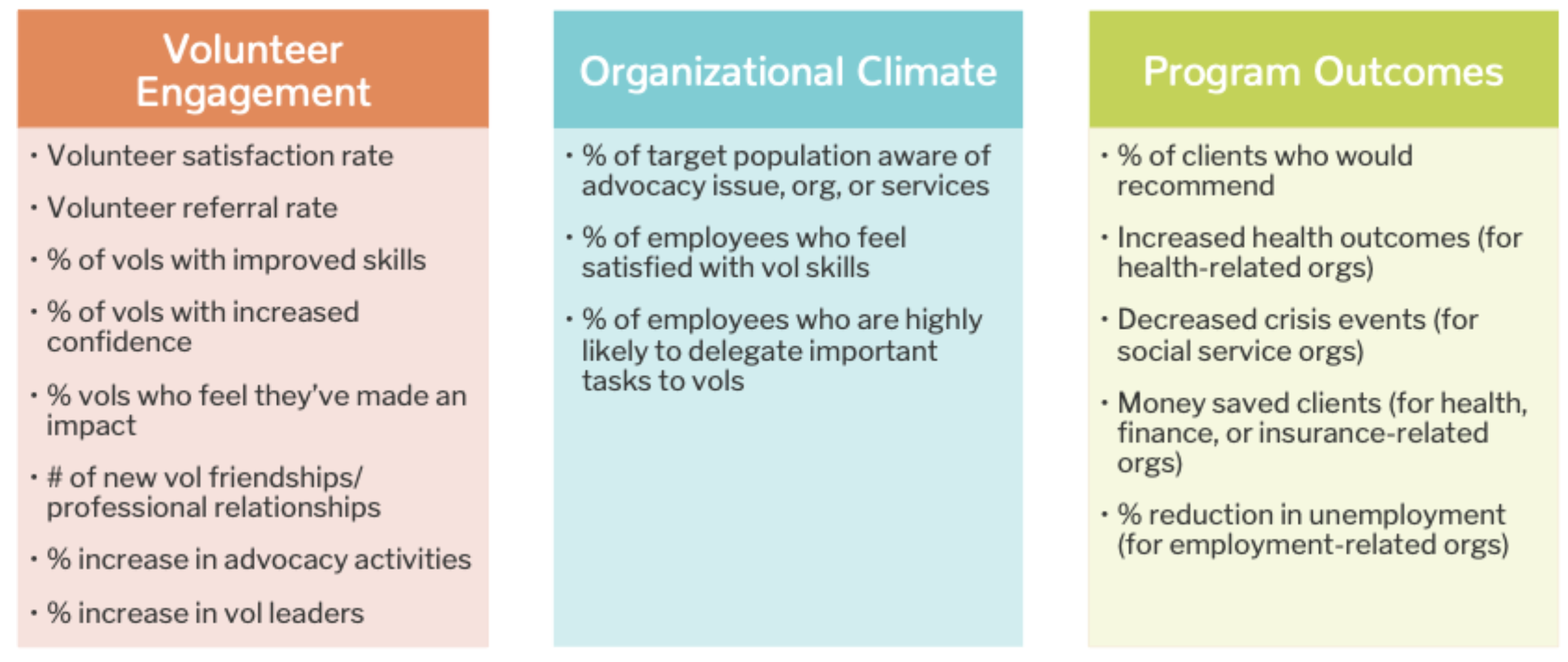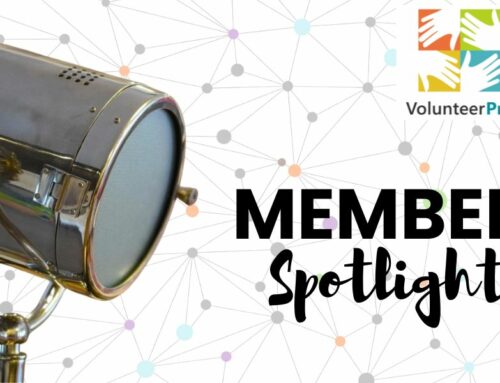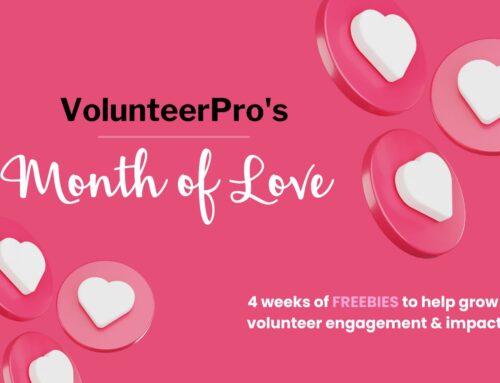
How To Use Volunteer Surveys to Support Winning Grant Proposals
Sure, the volunteer surveys is great for gathering volunteer feedback. But, did you know, surveys can also help you show demonstrable proof of progress to current and potential donors and funders, making your nonprofit a trusted beneficiary of funding?
Funders love impact and want to see proof that their investments in your good cause have paid off. The right kind of volunteer survey can help.
If designed correctly, the data you collect from your volunteer survey can become a powerful source of reliable, valid evidence.
But, First Ask the Right Questions to Assess Whether the Grant Makes Sense for You
While it’s tempting to go for any grant that can bring needed dollars to your organization, a little bit of research and reflection can go a long way in preventing future headaches and the wrong fit.
Here are a few to ask yourself before sitting own to write that grant application:
- Can you meet the grantor’s requirements (e.g. matching funds, tracking & reporting performance metrics)?
- Do documented volunteer hours count toward a match?
- Do you need to provide the grantors separate accounting reports? If so, when and in what format?
- Is the use of funds restricted to a particular purpose?
- Does the grant provide an allowance for overhead expenses?
- Must the organization be audited in order to qualify?
- Does the grant lead to sustainability?Can it be supported after the grant funds are used up?
- Will the grant lead other donors or volunteers to believe their contributions are not needed?
This is a great start for building your confidence and getting your ducks in a row before attacking your next grant proposal.
Once you decided to go fro that grant, there are ways volunteer surveys can be used to help build a case for funding and, once funding is secured, to demonstrate effective use of funds awarded.
What is a “Survey”?
Many people get the research terminology wrong.
In purely research terms, a “survey” is not a questionnaire. Rather, it is any research project aimed at gathering data from respondents. A volunteer survey might include one research method. Or, it can include two or more mixed methods to gather preliminary data and dig deeper.
So, when you consider launching a volunteer survey, think about the various ways you might get actionable input — this might include questionnaires, focus groups, interviews, critical incident studies, etc. Then, choose the most appropriate for your aims and audience.
Two Main Types of Volunteer Survey Methods
You can choose to gather data either in person or via individual or group interview (known as focus groups or listening sessions). Depending on what you hope to learn, and if designed well, either can give you actionable results.

Using Surveys to Measure Volunteer Impact
In The Ultimate Guide to Writing Better Volunteer Surveys, we cover three monumental ways surveys can gather valuable feedback.
Survey questionnaires can help you …
1) Measure How Volunteering Impacts the Volunteer
Research shows volunteering has positive effects on both physical and mental health. So, if your mission is improving the well-being of others (including volunteers), consider tracking key wellness metrics with a volunteer survey that can support funding proposals.
2) Measure How Volunteers Impact Employees
Surveys can help you assess perceptions of staff around the effectiveness of volunteers. If funding is sought to build the capacity of staff to lead volunteers, a survey can help you track progress toward supervisory competence.
Consider surveying both volunteers and employees to get a sense of the current volunteer-staff climate or diagnose the current state of volunteer-staff relations. Track these benchmarks over time to see if specific initiatives have increased buy-in, inclusion, trust, etc. Also gather suggestions for needed improvements from both sides.
3) Measure How Volunteers Impact Customers and Service Beneficiaries
The impact of volunteers have on those you serve is likely the most interesting and relevant information you can share with funders, and you can track it with surveys, too.
Consider surveying those who benefit from your volunteers’ work to better understand the quality and value of that benefit in their lives. Go beyond simply finding out whether they were happy with their service, and try to better understand the specific transformations brought about by volunteers.
Using Volunteer Surveys to Support Grant Metrics
The data gathered from surveys can be used in powerful ways to support funding proposals AND grant reports. Here are only a few examples of metrics you can pull together through volunteer perception surveys.

Support Grants With Volunteer Surveys: 5 Use Cases
Are volunteers happy? What would they like to see improved? How would they rate their experience? Can we expect them to return next year? Answers to these questions are what we most often hope volunteer surveys can provide.
But, they can do so much more.
Home-grown research, in the form of perception surveys, can help you dig in deeper and offer your funders rare insights into what makes your program and target audience tick. They demonstrate that your agency is interested in continuous learning and improvement and is making purposeful management decisions that aren’t based on guesswork. Rather, your course is informed and charted by actionable data.
This can set you apart from others who are seeking funding and make your appeal more competitive.
The data you collect from surveys can do many things — they can help you generate information to develop a compelling case for funding, to showcase past proof of capacity, track progress over the course of the grant, demonstrate the results achieved with funding, and build participation and support for the next phase of funding.
Consider the following five use cases for questionnaires directed at volunteers, those they partner with, or those they serve:
1) Needs Assessment
-
- Use: To identify current gaps in service that could be supplemented with additional programming or volunteer support
- Target Audience: Service Beneficiaries or Volunteers
- When: At the close of current grant period or before a new grant proposal; also helpful during pilot projects
- Queries: What other services would you recommend? What did you like least about the services you received? What challenges do/did you experience?
2) Community Engagement
-
- Use: To describe the local community’s current understanding of an issue, to demonstrate community support for a proposed course of action, and to engage potential future volunteers
- Target Audience: Community Members
- When: Before a new grant proposal; also helpful in developing a broader agency strategic plan that will require future funding
- Queries: What are the current challenges in our community? Would you support XYZ as a solution? Are you interested in learning more about this initiative?
3) Customer Satisfaction Survey
-
- Use: To demonstrate high post-service and intent to follow through on assistance or advice
- Target Audience: Service Beneficiaries
- When: Before grant proposal or at the close of current grant period; also helpful in grant proposals to augment past impact and readiness for new projects
- Queries: Would you recommend our services to friends and family? What has changed for the better since you received services? What are your next steps?
4) Program Impact Survey
-
- Use: To gather evidence of positive changes brought about as a result of the program and or the work of volunteers
- Target Audience: Service Beneficiaries, Employees, Community Partners, or Volunteers
- When: At the close of current grant period; also helpful in grant proposals to show evidence of past success and future capacity
- Queries: How has the program or volunteer support impacted changes in any of the following (or others based on your mission)
-
-
- Knowledge/Learning/Attitude
-
-
-
-
- Skills (knowledge, learning) (e.g., increased grade point average)
- Motivation (e.g., using less pesticides in the garden)
- Readiness (qualification) (e.g., passing assessment test)
-
-
-
-
- Behavior
-
-
-
-
- Incidence of undesirable behavior (e.g., skipping school)
- Incidence of desirable activity (e.g., exercising mores)
- Maintenance of new behavior (.g., attending regular performances)
-
-
-
-
- Condition/Status
-
-
-
-
- Participant social status (e.g., making new friends)
- Participant economic condition (e.g., saving money)
- Participant health condition (e.g., decreased depression)
-
-
5) Voice of the Customer
-
- Use: To include qualitative data and testimonials in grant reports illustrate or supplement outcomes metrics
- Target Audience: Service Beneficiaries
- When: At the close of current grant period or before a progress report is due; also helpful in grant proposals to augment the case for funding
- Queries: How has this program helped you? Where did you start and where are you now? Did you work with a volunteer? How did they assist?
Give Funders Proof of ROI & Enjoy Continuing Support
The goal of a well-designed volunteer survey is to collect accurate data about opinions that can then generate actionable information. This goes beyond merely satisfaction. There is so much more you can learn from your most important stakeholders – volunteers, clients, employees, partners – about real community impact.
They are the most familiar with what you do and can offer valuable boots-on the-ground insights.
The survey data you gather can help you build your capacity to make the case for, and obtain, funding from foundations and other donors. The hard evidence you gather about best practices, moreover, may inform other nonprofits in the funder’s support portfolio. This makes your organization not only a passive grant recipient of funds, but also a “go-to” asset and partner in promoting success.
If your current volunteer surveys don’t give you clear clues about possible program improvements and hard data about the results you achieve, then you’re leaving opportunity on the table.
The Get Laser Focused Grant Planning Worksheet
6 Simple Steps For Integrating Volunteer Impact
When it comes to requests for financial support — for either new or existing nonprofit projects and programs — volunteers are often an afterthought. Now’s the time to transform reactive, last-minute scrambling and replace it with a focused, purposeful grant planning process. This tool can help!




